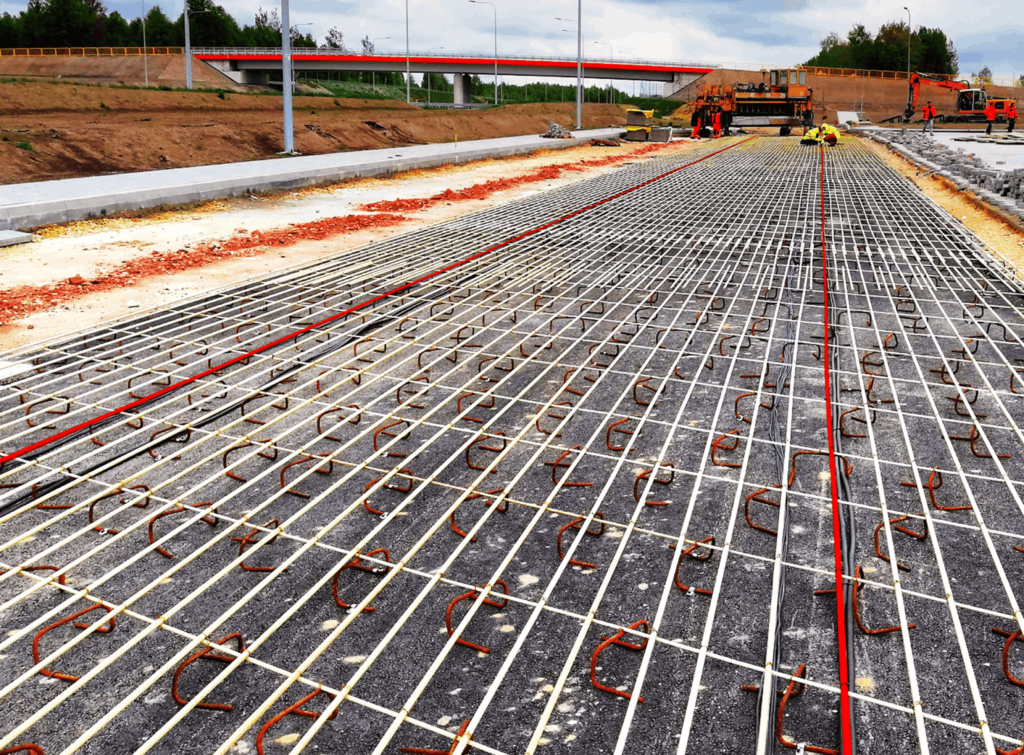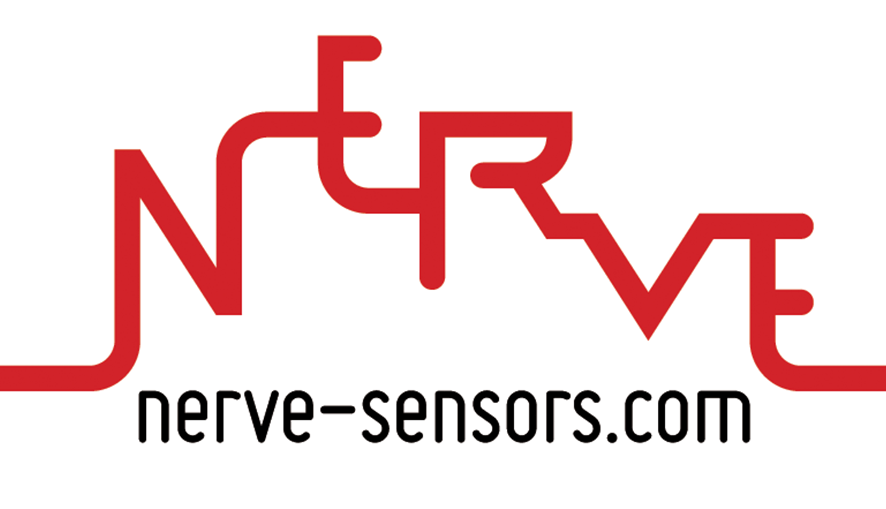
Measurements of soil vertical displacements around a concrete footing
WeiterlesenMeasurements of soil vertical displacements around a concrete footing
Highway with composite bars: distributed strain sensing (DSS) and crack detection
WeiterlesenHighway with composite bars: distributed strain sensing (DSS) and crack detection
High-speed railway line: static and dynamic distributed measurements
WeiterlesenHigh-speed railway line: static and dynamic distributed measurements
Monitoring cracks in the foundation slab of a Warsaw skyscraper
WeiterlesenMonitoring cracks in the foundation slab of a Warsaw skyscraper
High pressure gas pipeline: DFOS-based health control of safety-critical infrastructure
WeiterlesenHigh pressure gas pipeline: DFOS-based health control of safety-critical infrastructure
Measurements of extremely wide cracks in prestressed concrete beams
WeiterlesenMeasurements of extremely wide cracks in prestressed concrete beams
Measurements of a railway line above the substrate strengthened with slurry walls
WeiterlesenMeasurements of a railway line above the substrate strengthened with slurry walls
Load testing of toothed cable anchors -structural check of a new bridge
WeiterlesenLoad testing of toothed cable anchors -structural check of a new bridge
Load testing of micropiles in Mexico with embedded EpsilonSensors for strain sensing
WeiterlesenLoad testing of micropiles in Mexico with embedded EpsilonSensors for strain sensing
Load testing of a composite footbridge with strain and displacement measurements
WeiterlesenLoad testing of a composite footbridge with strain and displacement measurements
Foundation barrettes during load testing: strain and crack analysis
WeiterlesenFoundation barrettes during load testing: strain and crack analysis
